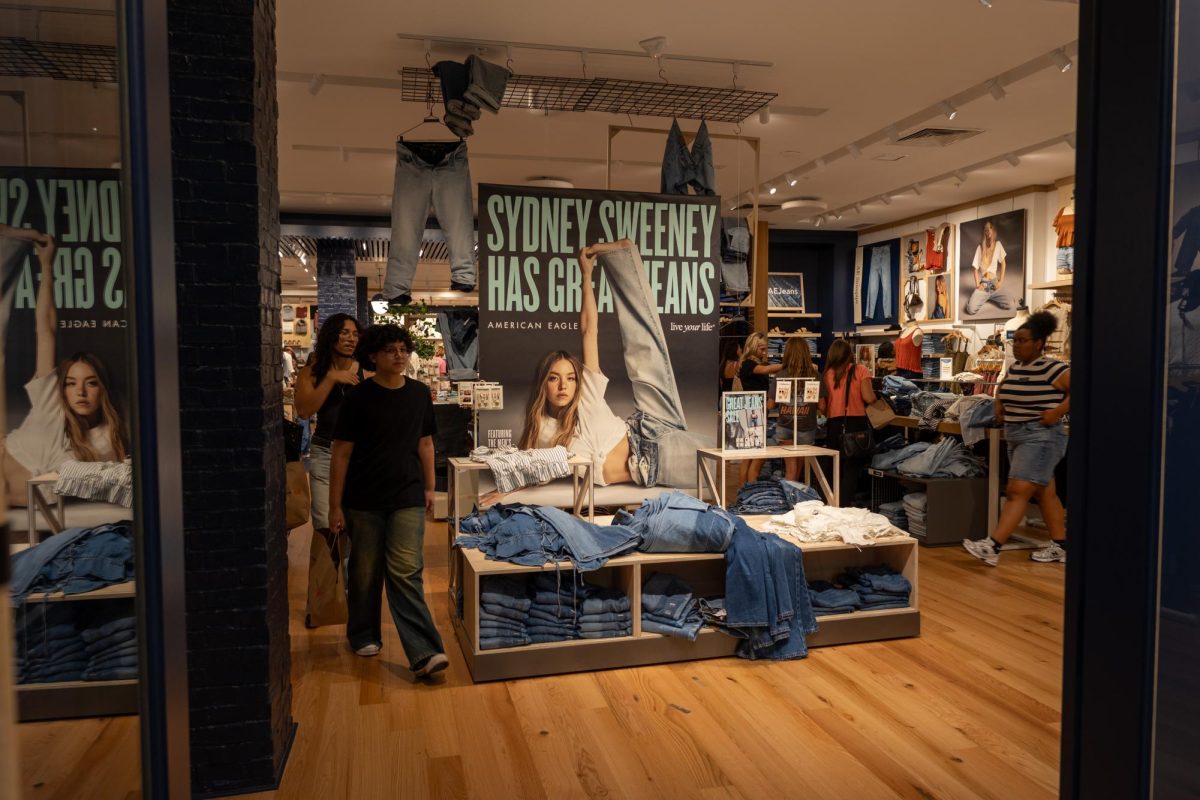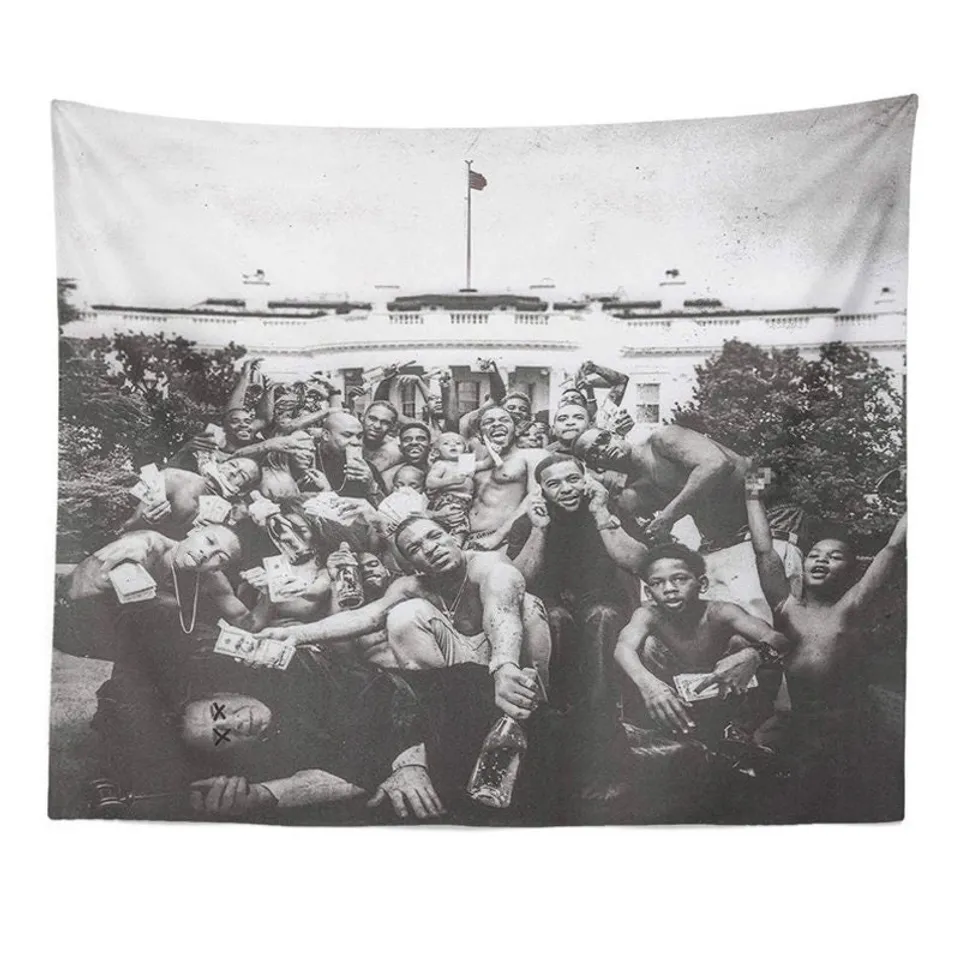American film star Sydney Sweeney and renowned apparel manufacturer American Eagle teamed up to release an ad packaged with American pseudoscience. It’s branded with what would appear to be an innocent slogan: “Sydney Sweeney has great jeans.” This now infamous advert raises a question – is this a harmless play on words, or does it subtly deal in a less savory history of beauty, race and eugenics?
The advert may appear lighthearted on the surface, but exploring its depths reveals historical ideologies of genetic superiority. The ad references eugenics, the unscientific and discredited theory of how to use selective breeding to increase certain traits in the human race that some deem more desirable. The theory was most famously adopted by the Nazis to justify their persecutions of their Jewish and minority populations.
Whether intentional or not, the campaign serves as a form of eugenic propaganda by framing attractiveness as a biologically inherited virtue, aligning fashion with genetic desirability. It reinforces narrow beauty ideals and reveals how culture remains saturated with outdated, dangerous narratives under the guise of advertising.
At the center of the ad campaign is the pun on the words “genes” and “jeans.” In the ad, Sydney Sweeney delivers the line: “Genes are passed down from parents to offspring, often determining traits like hair color, personality, and even eye color. My jeans are blue.”
The structure of the sentences primes viewers to think about genetic traits before revealing the “blue jeans,” reinforcing an implicit message: that attractiveness is inherited. It was not a product pitch but a ‘subtle’ nudge toward equating style with biology.
The ad campaign’s imagery centers on Sydney Sweeney’s aryan-like features, such as her blonde hair, blue eyes and skin color. The camera lingers on her body in an attempt to market and equate beauty as it’s tied to whiteness.
Critics argue that the ad fetishizes these attributes, effectively praising them as genetically superior.
The campaign brings to mind earlier advertisements, like Calvin Klein’s controversial 1980s ads featuring Brooke Shields, where she whispered about survival and gene expression while also modeling jeans. American Eagle’s campaign appears to be a modern homage, as it recycles the same conflation of genes, bodies and desirability.
Unlike in the Calvin Klein ad, we are in an era where diversity in advertising is increasingly valued. The average consumer values representation and chooses to spend their money at stores that are inclusive to people who look like them. American Eagle’s campaign stands opposed to this and leaves a sour taste in your mouth. Magazines like 19th News described the campaign as “a dark reminder of history.”
The campaign’s controversy surprisingly generated immediate financial buzz. American Eagle’s stock soared and reports vary from a 10% to 20% jump, even up to 30% over two weeks. However, foot traffic at stores dropped almost 9% in the following the campaign’s launch. This disparity shows how controversy can inflate visibility without guaranteeing consumer support. This viral outrage may boost stock but not sales or customer goodwill.
As the public grows more conscious, these brands must evolve beyond shock, embracing messages and representations that uplift rather than reinforce historical hierarchies. The “Sydney Sweeney Has Great Jeans” campaign may be presented as playful wordplay, but to some, it represents a deeper messaging. By linking genes and appearance, it highlights a particular, white coded aesthetic. The ad brings back eugenics ideologies that position genetic traits as markers of worth.
Financial spikes offer short-term gains, but cultural trust is a long-term asset that one can easily squander. Advertising, especially in fashion, bears a responsibility to transcend superficial cleverness and serve inclusive, conscious storytelling. In a world still grappling with the legacies of race, beauty and power, campaigns like this are not trivial. They matter.
Advertising is never ideologically neutral. Nothing comes to market without going through multiple people, whether that is a clothing item or an ad. The decision to pair genetic language with an image of white beauty isn’t a harmless risk, it is a statement from American Eagle. I believe it is a misstep with moral repercussions that harms and reiterates outdated beliefs.







